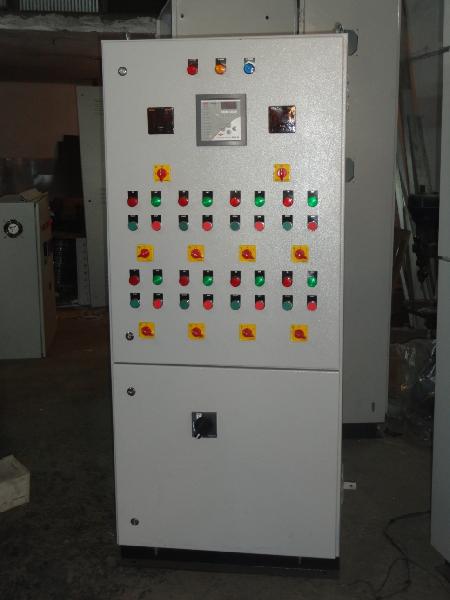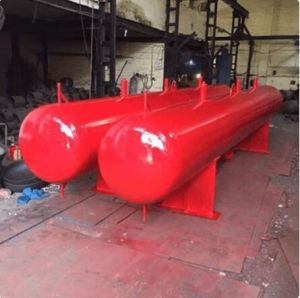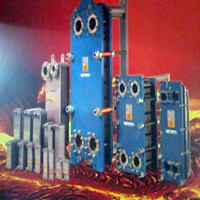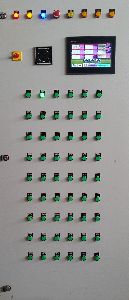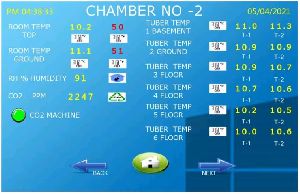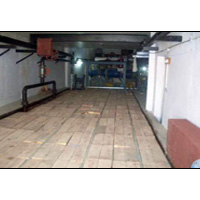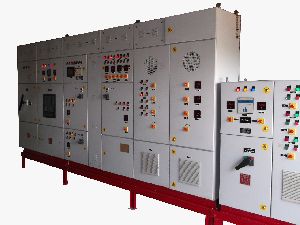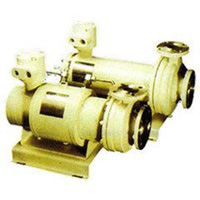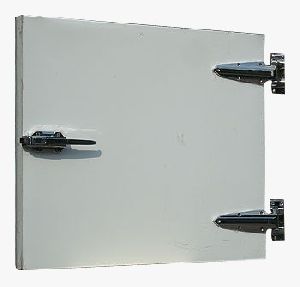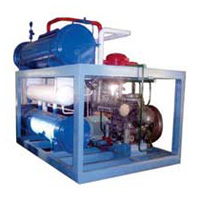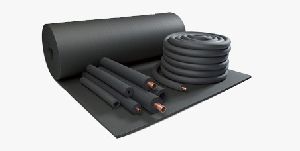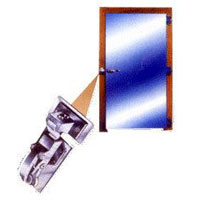Deeg Gate, Mathura, Uttar Pradesh
- GST NO. : 09AISPG8671M1ZA
| Business Type | Retailer, Trader |
Power factor is the ratio between the KW and the KVA drawn by an electrical load where the KW is the actual load power and the KVA is the apparent load power. It is a measure of how effectively the current is being converted into useful work output and more particularly is a good indicator of the effect of the load current on the efficiency of the supply system.
All current flow causes losses both in the supply and distribution system. A load with a power factor of 1.0 results in the most efficient loading of the supply. A load with a power factor of, say, 0.8, results in much higher losses in the supply system and a higher bill for the consumer. A comparatively small improvement in power factor can bring about a significant reduction in losses since losses are proportional to the square of the current.
When the power factor is less than one the ‘missing’ power is known as reactive power which unfortunately is necessary to provide a magnetizing field required by motors and other inductive loads to perform their desired functions. Reactive power can also be interpreted as wattles, magnetizing or wasted power and it represents an extra burden on the electricity supply system and on the consumer’s bill.
Specifications :
- A poor power factor is usually the result of a significant phase difference between the voltage and current at the load terminals, or it can be due to a high harmonic content or a distorted current waveform.
- A poor power factor is generally the result of an inductive load such as an induction motor, a power transformer, and ballast in a luminary, a welding set or an induction furnace. A distorted current waveform can be the result of a rectifier, an inverter, a variable speed drive, a switched mode power supply, discharge lighting or other electronic loads.
- A poor power factor due to inductive loads can be improved by the addition of power factor correction equipment, but a poor power factor due to a distorted current waveform requires a change in equipment Design or the addition of harmonic filters.
- Some inverters are quoted as having a power factor of better than 0.95 when, in reality, the true power factor is between 0.5 and 0.75. The figure of 0.95 is based on the cosine of the angle between the voltage and current but does not take into account that the current waveform is discontinuous and therefore contributes to increased losses.
- An inductive load requires a magnetic field to operate and in creating such a magnetic field causes the current to be out of phase with the voltage (the current lags the voltage). Power factor correction is the process of compensating for the lagging current by creating a leading current by connecting capacitors to the supply.
- P.F (Cos Ǿ)= K.W / KVA Or
- P.F (Cos Ǿ)= True Power / Apparent Power.
- KW is Working Power (also called Actual Power or Active Power or Real Power).
- It is the power that actually powers the equipment and performs useful work.
- KVAR is Reactive Power.
- It is the power that magnetic equipment (transformer, motor and relay)needs to produce the magnetizing flux.
- KVA is Apparent Power.
- It is the “vectorial summation” of KVAR and KW.
Looking for "Automatic Power Factor Panel" ?
Explore More Products


